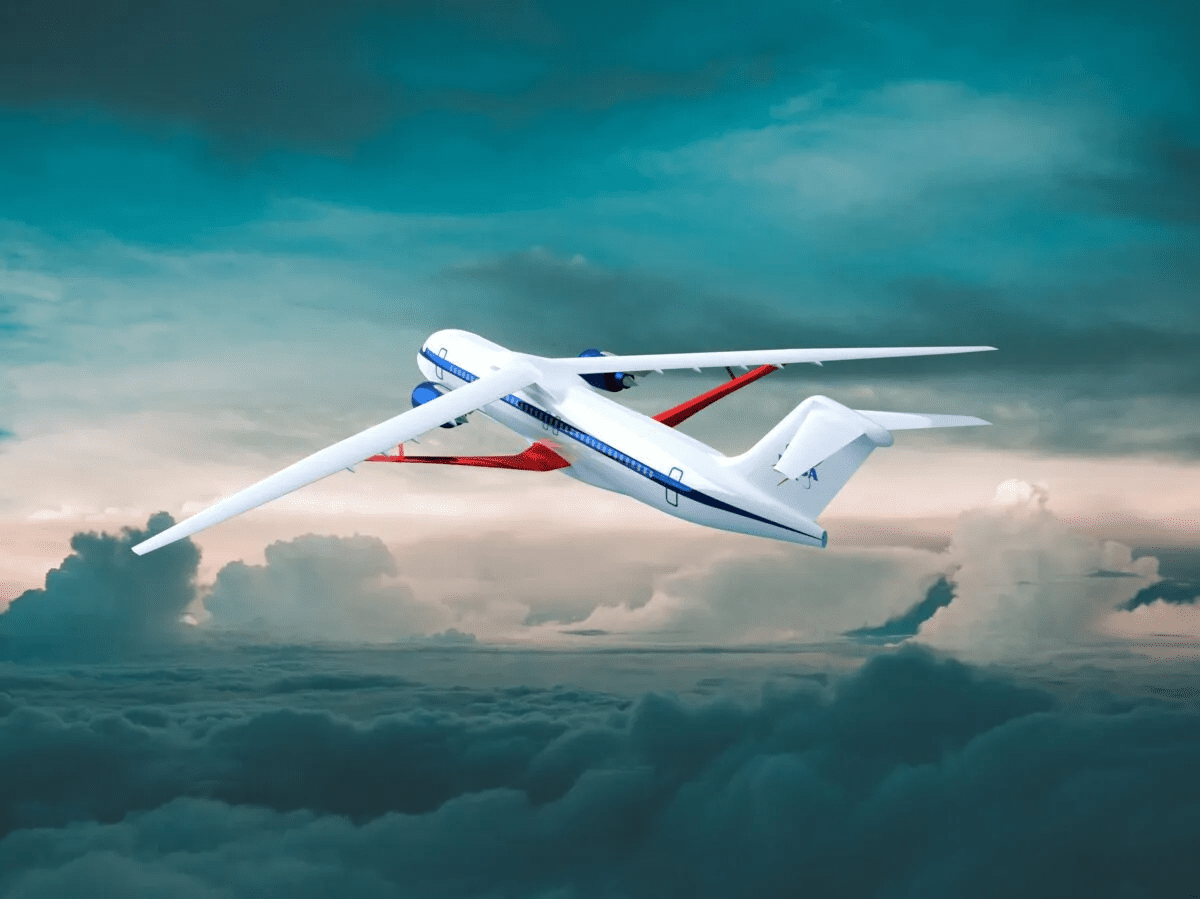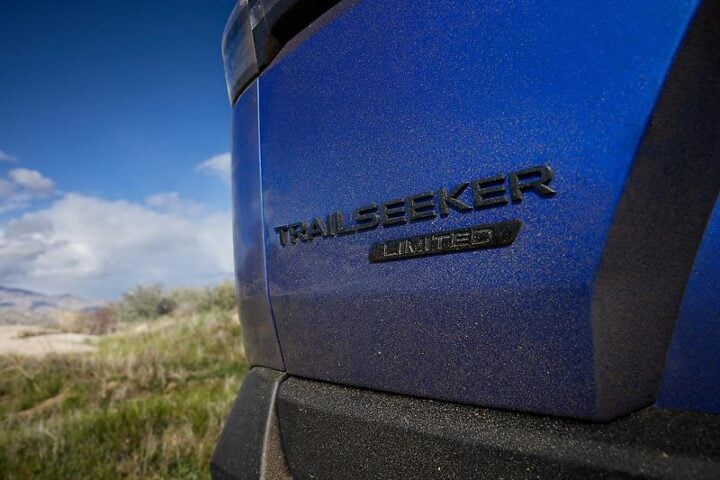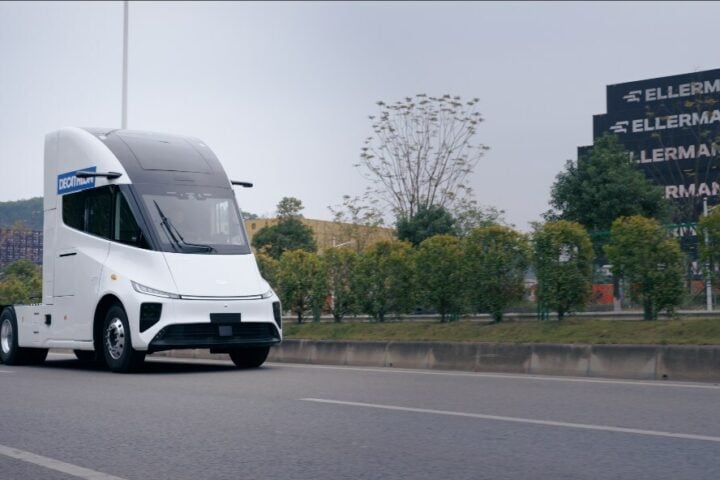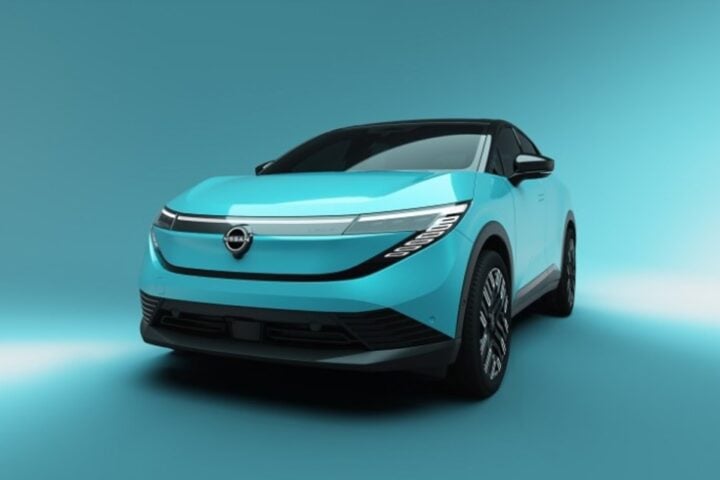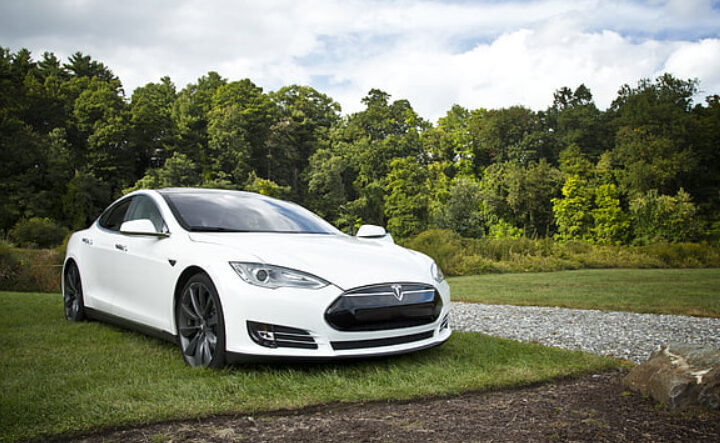NASA’s collaboration with Boeing on the Sustainable Flight Demonstrator has gained attention, as the aircraft aims to take to the runway in approximately five years. The project received an X-plane designation from the Department of Defense, officially becoming the X-66A—an experimental research aircraft. NASA, with its established X-plane programs, including the X-66A, is focused on advancing sustainable aviation and shaping the future of the industry.
The Sustainable Flight Demonstrator aims to develop greener passenger airlines that are used globally, i.e., single-aisle aircraft. The use of long, thin wings supported by trusses instead of conventional ones, could increase efficiency by up to 30% compared to similar-sized aircraft like the Boeing 737 or Airbus A320. The goal is to improve the aircraft’s fuel-efficiency as it uses traditional fossil fuels.
The collaboration between NASA and Boeing emphasizes the research aspect of the aircraft. Seeking the X-plane designation was a deliberate choice to highlight the aircraft’s purpose as a research platform rather than a prototype or production model. The distinctive feature of the X-66A is its long, skinny trussed-braced wings, designed to reduce drag and optimize lift by minimizing the vortices that can form at the wingtips. Additionally, the X-66A’s higher wing position allows for larger engines, which can be more fuel-efficient and less prone to damage from runway debris.
Similar Post
The planned first flight of the X-66A is scheduled for 2028, although delays should be anticipated given the nature of such programs. Over the past seven years, NASA has invested $425 million in the Sustainable Flight Demonstrator. Additional funding came from Boeing and its partners. The technical expertise and facilities provided by NASA further enhance the project’s potential for success.
The transonic truss-braced wing configuration and improved propulsion systems, materials, and systems architecture should reduce fuel consumption significantly. Single-aisle aircraft currently account for nearly half of global aviation emissions, making the development of more sustainable designs and technologies crucial for emissions reduction.
NASA’s history with X-plane designations dates back to the 1940s, highlighting its commitment to testing and validating breakthrough aviation designs. The X-66A comes from a remarkable line of X-planes, such as the Bell X-1 and the X-59. The Bell X-1 broke the sound barrier. The X-59 will possibly perform a supersonic flight with minimized sonic booms.
While the X-66A’s first flight may be several years away, NASA’s electric aircraft, the X-57 Maxwell, has faced its own set of technical challenges. Originally planned to undergo multiple design phases, the X-57 now features a simplified design with one electrically powered propeller on each wing. NASA is still unclear about the X-57’s first flight. NASA is still working to fix technical hurdles and evaluate the project’s schedule and budget. Nevertheless, the X-57 project continues to generate valuable knowledge that benefits the aviation industry, researchers, and regulators, contributing to the advancement of electric aviation technology.
